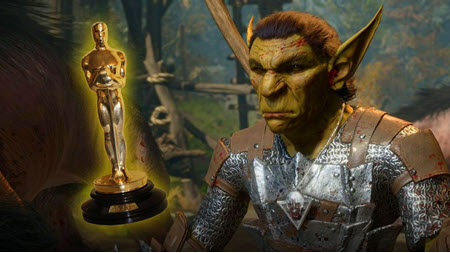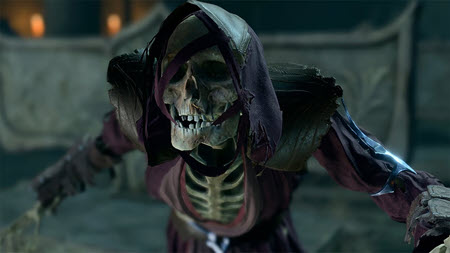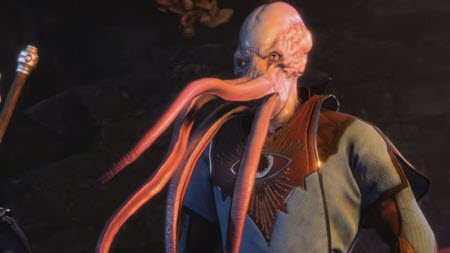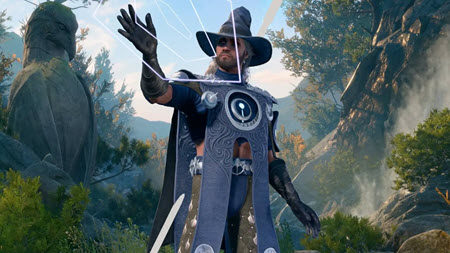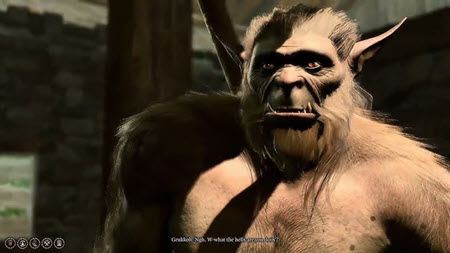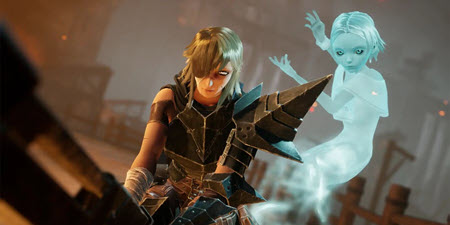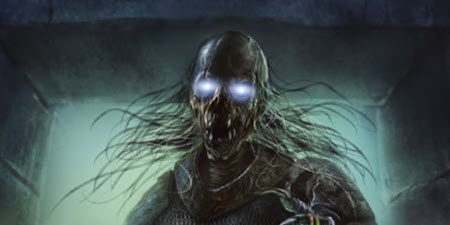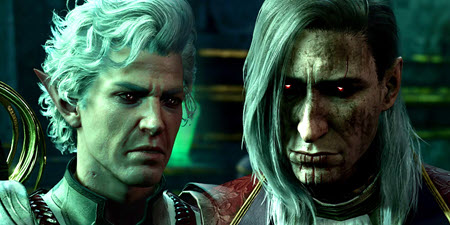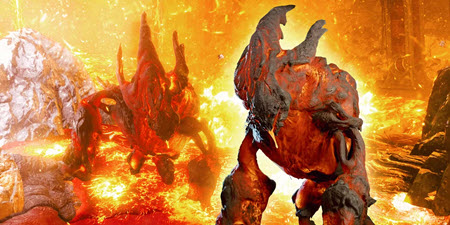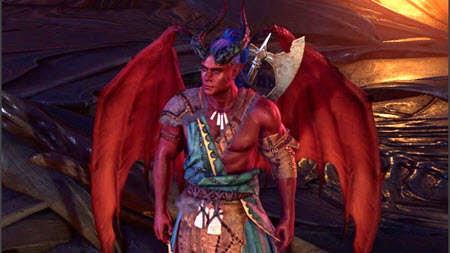Here's a guide to understanding and dealing with different types of enemies you might encounter in Baldur's Gate 3. This game features a variety of creatures from the D&D universe, each with unique characteristics and strategies for engagement.
Enemies List |
|
Common Enemies |
|
Goblins
|
•Tactics: Fast and numerous, often use ranged attacks. Focus on crowd control or single out their leaders. •Weaknesses: Not particularly strong individually, but can overwhelm with numbers. Exploit their lower armor class. |
Skeletons
|
•Tactics: Undead, immune to poison and charm effects. Use blunt weapons for extra damage. •Weaknesses: Often low health; turn undead abilities or radiant damage are effective. |
Wild Animals (Bears, Wolves, etc.)
|
•Tactics: Aggressive and can hit hard. Use crowd control like Web or Entangle. •Weaknesses: Vulnerable to traps or environmental hazards like |
Magical Creatures |
|
Mind Flayers (Illithids)
|
•Tactics: Use psychic powers, can control or incapacitate. Avoid getting too close to prevent tentacle attacks. •Weaknesses: Vulnerable to psychic damage retaliation. Use high Will save characters. |
Mages and Spellcasters
|
•Tactics: Keep distance, avoid AoE spells, and disrupt their casting. •Weaknesses: Interrupt spells or use anti-magic abilities. Physical attacks when they're vulnerable. |
Monsters |
|
Ogres and Trolls
|
•Tactics: High health, regenerate. Use fire or acid damage to stop regeneration. •Weaknesses: Exploit their slow movement with kiting or crowd control. |
Chimeras and Manticore
|
•Tactics: Multi-attack patterns, often fly. Ground them if possible or use ranged attacks. •Weaknesses: Focus fire on one head if applicable. Use high ground or cover. |
Undead |
|
Wights and Wraiths
|
•Tactics: Life drain attacks, can turn characters undead. Avoid melee if possible. •Weaknesses: Radiant damage, holy water, or spells like Turn Undead. |
Vampires
|
•Tactics: Charm, drain life, transform into mist. Daylight or sunlight spells can restrict their movement. •Weaknesses: Running water, fire, and again, radiant damage. |
Elemental and Planar Creatures |
|
Elementals (Fire, Water, Earth, Air)
|
•Tactics: Resistant or immune to their own element. Use opposing elements for damage (e.g., Water vs. Fire Elemental). •Weaknesses: Exploit their type-specific weaknesses (e.g., Fire vs. Ice Elemental). |
Demons and Devils
|
•Tactics: Often have magical abilities or resistance. Use holy weapons or spells. •Weaknesses: Silver or magical weapons often required. Demons might be susceptible to cold iron. |
Bosses and Unique Enemies 

Bosses and Unique Enemies
•Unique Boss Mechanics: Each boss might have specific phases or abilities. Learning these through trial or community tips can be crucial.
General Tips for Handling Enemies 
•Preparation: Before entering a fight, assess the terrain and potential choke points. Set up your party strategically.
•Buffs and Debuffs: Use buffs like Bless or Haste on your party, and debuffs like Bane or Slow on enemies.
•Environmental Interaction: Use the environment (e.g., lighting fires under oil, collapsing structures).
•Party Composition: Ensure your party can handle different scenarios - a healer, a tank, a damage dealer, and a crowd controller.
•Focus Fire: Often, taking down high-threat targets quickly can make a fight much easier.
•Save Scumming: If a fight goes badly, don't hesitate to reload and try a different tactic.
•Learn from Encounters: Each enemy type introduces new challenges. Understanding their mechanics can save you in future encounters.
Baldur's Gate 3 thrives on diversity in combat scenarios. Understanding the strengths and weaknesses of your foes, along with smart use of your party's abilities and the game's environment, will make your adventures through the Sword Coast not only survivable but also deeply satisfying. Remember, experimentation is key in D&D and thus in Baldur's Gate 3 as well. Enjoy the tactical depth this game offers! |
You may also like:
•The Story behind Baldur’s Gate 3
•Editions and DLC Guide for Baldur’s Gate 3
•System Requirements Guide for Baldur’s Gate 3
•Platforms Guide for Baldur’s Gate 3
•Download Guide for Baldur’s Gate 3
•Update Guide for Baldur’s Gate 3
•Crossplay Guide for Baldur’s Gate 3
•Campaign Guide for Baldur’s Gate 3
•PvE Operations Guide for Baldur’s Gate 3
•Enemies Guide for Baldur’s Gate 3
•Customization Guide to Baldur’s Gate 3
•Game Basics for Baldur’s Gate 3
•Basic Walkthrough for Baldur’s Gate 3
•Voice Cast for Baldur’s Gate 3
•Top 10 Tips & Tricks for playing Baldur’s Gate 3
